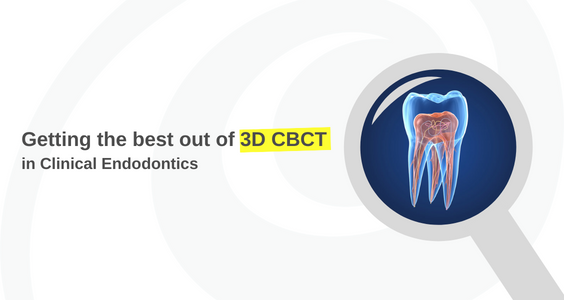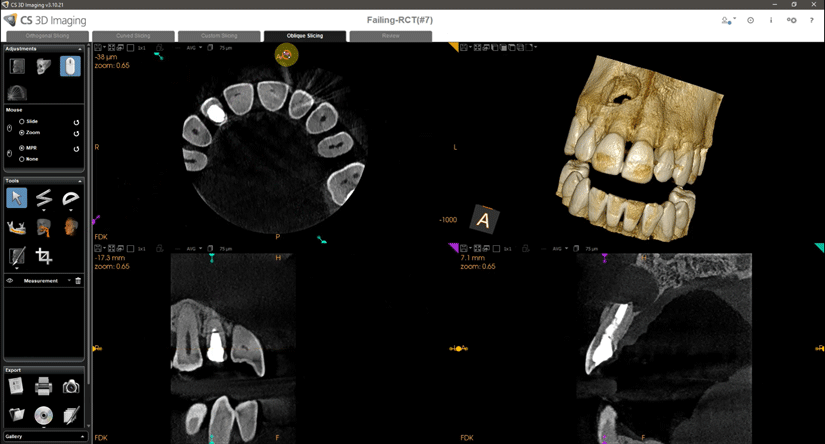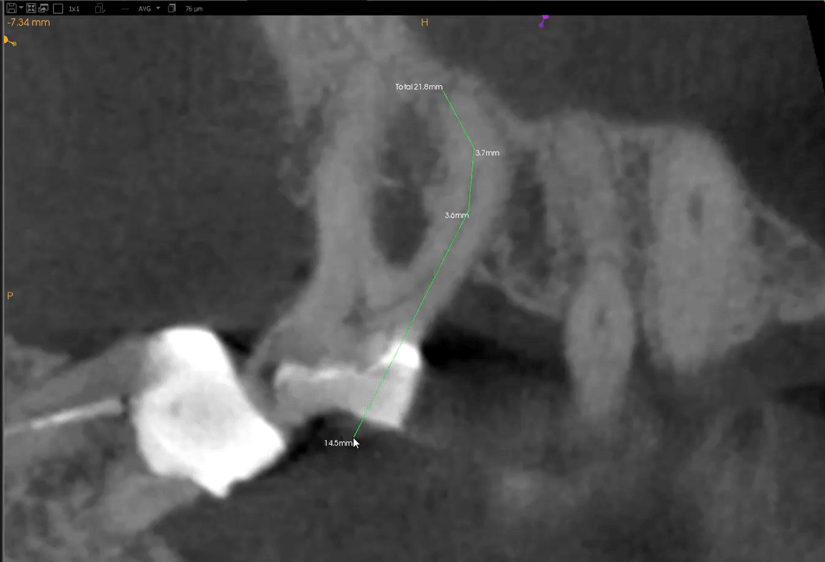Specialist Spotlight: Getting the best out of 3D CBCT in Clinical Endodontics

In early June 2022, Aluro hosted a webinar with Dr Venkat Canakapalli on the topic of CBCT use in clinical endodontic practice. Close to 50 dentists from all over New Zealand registered, and we’ve had more questions since then from dentists who are keen to learn more about the use of 3D CBCT in Endodontic cases.
Now, we don’t pretend to be clinicians, but we know our gear. This article will help you pick up some tips on getting the best out of 3D CBCT for endodontic cases.
Why 3D CBCT, and not 2D?
The best way to answer this question is with another one. If endodontics were simple, wouldn’t everyone be doing it?
For every presentation that is a simple, cut-and-dry case, there are just as many that pose a bigger challenge (and it is often the presentations that appear simple at first that carry underlying complication).
When it comes to diagnosing and planning for cases that are as precise as endodontics, every extra pixel of preparedness counts. Since root canals can have a nasty habit of following complex paths, the 3-dimensional detail afforded by CBCT has made it almost a pre-requisite for thorough endodontic treatment.
When to use CBCT in clinical endodontics
The indications of CBCT in endodontics fall into four areas; diagnosis, planning, during treatment, and follow-up.
|
In diagnosis & screening
|
In treatment planning
|
|
During treatment
|
For follow-up Checking in post-treatment to ensure completeness and the right outcomes. |
So, that covers the why and the when of CBCT in endodontics. Let’s dig deeper into some tips that relate to the how.
Tip No. 1 - Oblique slicing

Software like Carestream CS 3D Imaging allows for a single-screen overview of frontal, axial and sagittal views, as well as the ability to quickly switch between each. This overview gives an incredible amount of detail in one place, as well as allowing you to rotate and progress through each of the planes to uncover otherwise hidden anatomy.
Tip No. 2 – Freeze Your Key Frames
While the ability to navigate a full 3D volume in different planes allows for in-depth discovery, it doesn’t necessarily help practitioners commit those details to memory. One top tip here is the humble screen capture; taking a still frame from the 3D scan, to create a standalone view of critical anatomy. By taking and saving screen shots, you will greatly speed up your own recall of the case, and save yourself considerable time when preparing or reviewing it.
Tip No. 3 – MultiPolyline Measurement
Try saying that 5 times after mandibular block.
MultiPolyline Measurement is the enodontic equivalent of the old axiom, “measure twice, cut once”. We’ll call it MPM here for readability.

Coming back to the earlier point about canals with complex, 3-dimensional paths, MPM is the ruler that lets you measure around corners and is an invaluable tool for planning surgery, as well as assessing progress during it. This tool builds a measurement in sections, allowing you plan out length of travel in specific directions, as well as in total.
For example, MPM will let you know how far to drill your first pilot, when to expect the first directional change, and when you have gone far enough to complete your treatment.
More resources
If you are interested in furthering your skills in endodontic CBCT, check out the learning hub at aluroequipment.co.nz for information about upcoming webinars and events.
For more detailed reading, check out some of these great books:
- Best Practices in Endodontics: A Desk Reference by Richard S. Schwartz & Venkat Canakapalli
- Advanced CBCT for Endodontics: Technical Considerations, Perception, and Decision-Making by John A. Khademi, Gary B. Carr, Richard S. Schwartz & Michael Trudeau
The right kit for the job
Endodontics requires precision and, as such, a CBCT scanner that captures exceptional detail, and imaging software that lets you interrogate it. That means;
- A CBCT Scanner that handles 75 Micron resolution at a range of Fields-of-View
- Imaging software with Oblique slicing, for a single-screen read of axial, frontal and sagittal views
We have you covered with Carestream. Check out the new Carestream CS 8200 3D NEO and the flagship Carestream CS 9600; both of which are excellent choices for endodontists.
